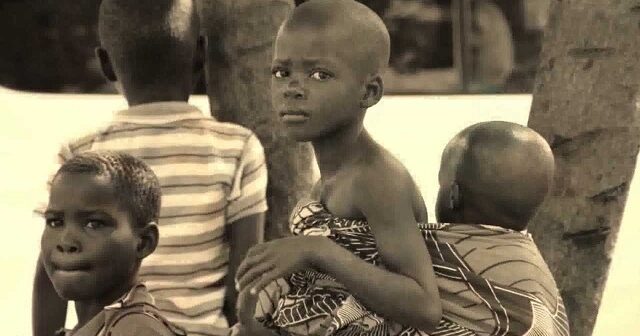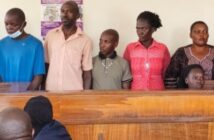Kampala Capital City Authority-KCCA has started investigations into cases of child trafficking.
The KCCA Director for Gender, Production, and Community Services Godwin Gumisiriza says that there are more than 1,000 children on the streets who have turned to beg as a source of income.
Gumisiriza says that despite their routine rescue operations to rid streets of children, more children re-appear on the streets. He says that together with the police, they are following different leads to find people culpable for child trafficking.
“We have started investigations and we have some useful information which we have shared with security and security is doing its work in that area to further investigate and get to know the details and all those that are in the cartel getting them from Napak all the way to here,” said Gumisiriza.
In June, KCCA launched the Child Protection Ordinance 2022 to protect children from abuse including child labor and trafficking. The ordinance prohibits acts that encourage children to stay on the streets such as giving them food, money, and clothing. The law provides for imprisonment for six months or a fine of two currency points (40,000 Shillings) for anyone who contravenes the law.
The ordinance gives KCCA the responsibility to rescue children whose rights are being abused and begging on the streets. It also provides that any infant used for or child found begging or soliciting shall be rescued and committed to the custody and the care of the probation and social welfare officer.
Gumisiriza says that the Child Protection Ordinance shall help them enhance their operations and also arrest culprits involved in trafficking children to the streets.
On Monday, KCCA rescued 260 children off Kampala streets and transported them to Koblin Youth Rehabilitation Centers in Napak district where the children hail from.
Maureen Muwonge, the Director of Operations at Dwelling Places says that the children who were taken to Koblin shall be rehabilitated and later reunited with their families. Those above the age of 12 years shall be equipped with different tertiary skills to enable them to create jobs to earn an income while for others, arrangements shall be made to return them to school and the young children are reunited with their families.
Muwonge says that they are working with Napak District Probation and Social welfare officer, Cooperation and Development, and Uganda Change Agent Association to conduct family tracing and rehabilitation.
Gumisirza says that as they conduct operations to rescue children, they are faced with the challenge of where to take them because the number of children is higher than the capacity of the available rehabilitation centers.
“We conduct routine rescue operations depending on the situation on the streets and the capacity of the rehabilitation centers where they take them. The biggest challenge we face is where to take these children. The number of children on the streets of Kampala is estimated to exceed 1000,” said Gumisiriza.
Recently, John Paul Kodet, the LCV chairman of Napak district said that the rescue facility in Koblin can only accommodate a maximum of 80 children yet there are sometimes over 100 children brought there. Section 96 of the Children Act mandates the Central Government to establish a National Rehabilitation Centre for Children but this is yet to be realized.
Faith Kembabazi, the Executive Director of Children at Risk Action Network- CRANE, an umbrella organization of individual organizations dealing in child protection and promotion of children’s rights recently told URN that government also needs to enhance efforts to reduce poverty and promote schooling for children because these are key factors pushing children to the street.
Kembabazi also says that government needs to improve the facilitation of social welfare officers and police. He explains that sometimes, government officers call on civil society organizations to help them rescue children because the budget is small and when civil society is equally constrained, it becomes hard to help the children.



